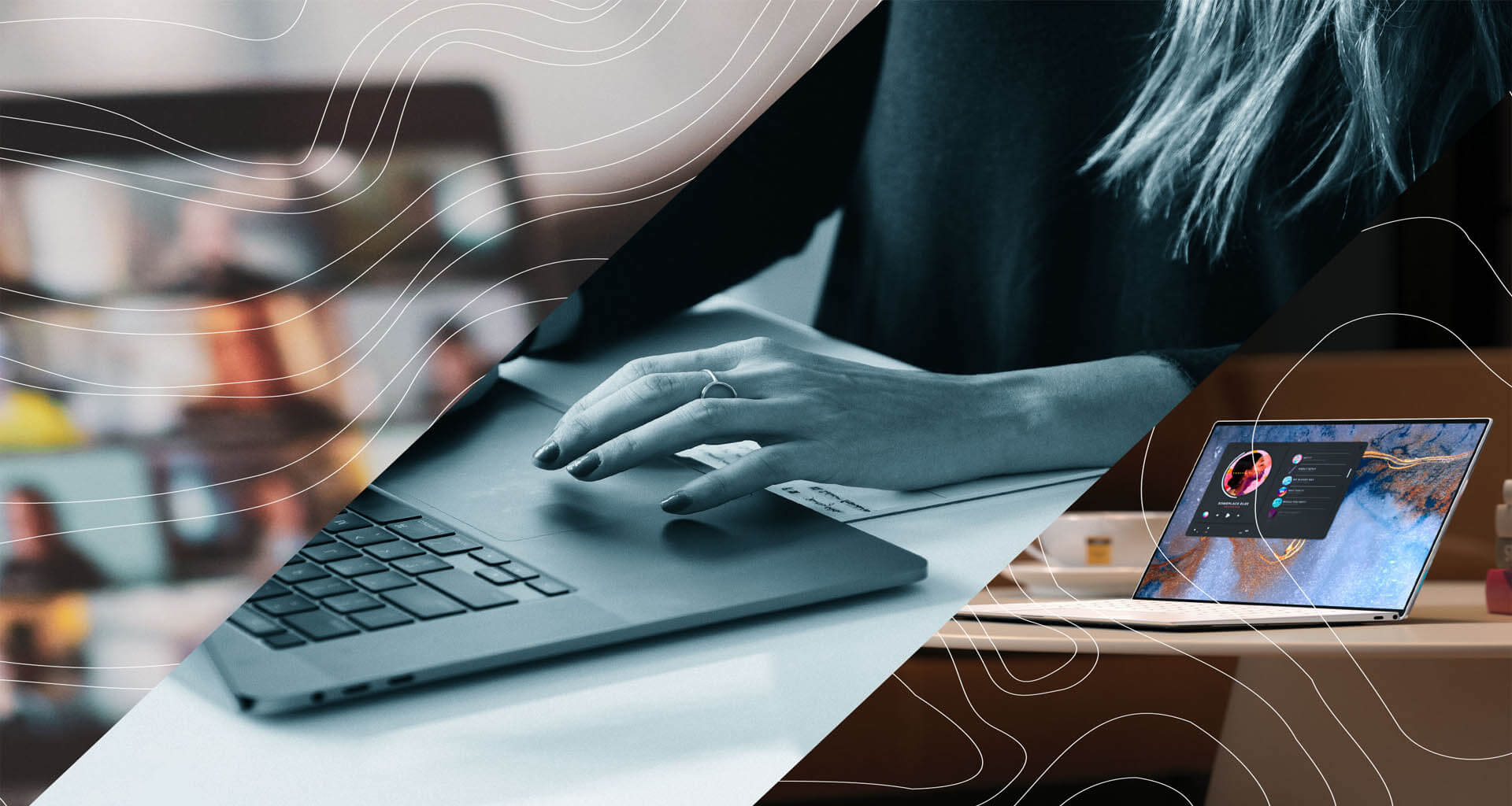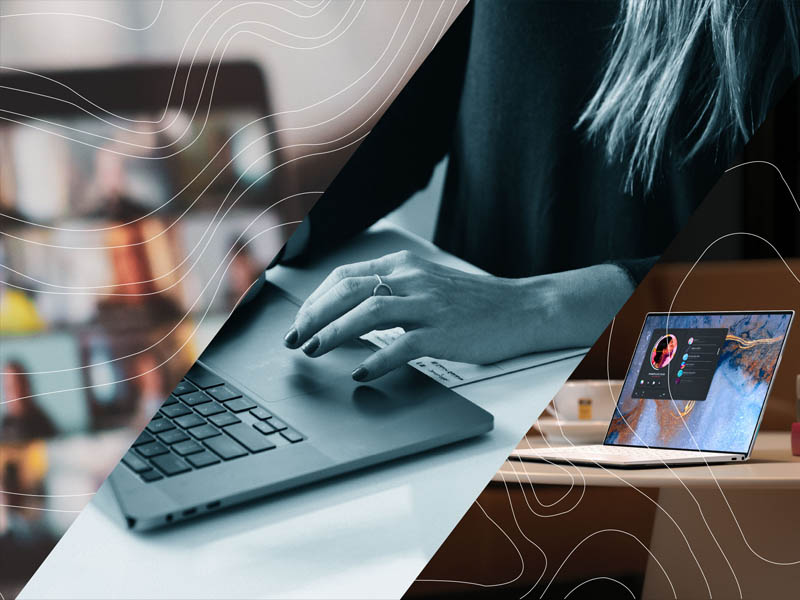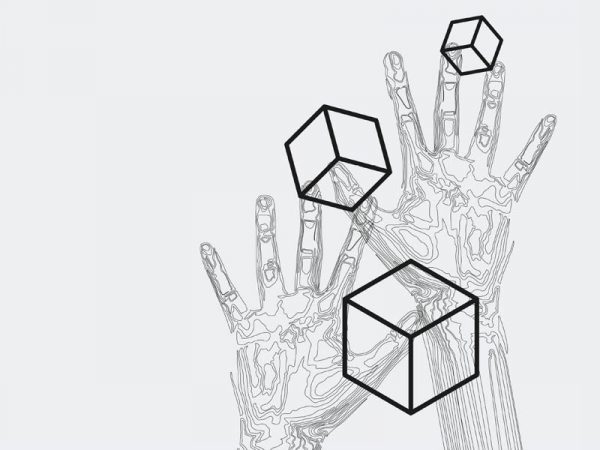Remote Research: New Methodologies for a Changing World
Christina Philpott, Senior Strategist and Sarah Sanders, Chief Strategy Officer

User Research | Consumer Insight for Healthcare & Home
For over a year now, we have lived with the travel and personal interaction restrictions enforced as a result of the COVID-19 pandemic. Understandably, this has had a huge impact on our cultural analysis techniques and consumer research methodologies. Unable to conduct store visits or see participants in-person, we had to morph our practices quickly to reflect the dynamics of a very different world.
Thankfully, our team has always advocated an approach to research that is agile and adaptive; we consider the individual challenges of each new project, evolving and mixing our methodologies to achieve the most meaningful results for our clients. We practice reflexivity, learning from each study to inform the next and identifying where our cross-category insights can be used to drive product improvement for every project.
In this article, we discuss how Recipe’s Strategic Insight team have adapted and evolved their research methodologies, creating new practices that will remain advantageous even after restrictions are fully lifted.
Increased acceptance of virtual communication
One of the most notable changes since March 2020 is the complete absence of in-person research. Before the pandemic we would have always favoured being in a room with our research participants; able to read body language, make eye contact and interact more ‘naturally’ with each other. Virtual sessions were always a back-up option, with the looming danger of technical difficulties impeding the flow of a session and the threat of losing the important nuances of face-to-face communication.
As the pandemic forced work and socialisation online, consumers quickly became accustomed to digital communication tools. The fluency with which the general population can now use software like Teams or Zoom has increased dramatically. We are finding that people are much more comfortable with appearing on camera and much more confident in operating the necessary technology required to participate in virtual sessions.
This means that people are much more at ease in virtual sessions, they know what to expect and how to interact, how to navigate any awkward technical glitches. Virtual sessions are much less of a novelty for people – they settle in faster and the intricacies of in-person communication are made more possible. We can more quickly establish the essential rapport between participant and researcher, enabling the crucial interpersonal connections necessary for effective qualitative research. This means we can often achieve the richness we would in face-to-face research.
Accessing a wider range of participants
Conducting virtual sessions has also enabled us to access a much broader range of people than we could with in-person sessions. Hosting in-person research at a set location and with set times limits the potential recruits who can attend, often excluding people who live far from main cities, people who have dependents they need to be close to, or people who work unsociable hours. Remote research allows people to participate from wherever they are.
In the remote in-depth interviews (IDIs) carried out over the past year, we have been able to talk to emergency service workers between demanding shifts, parents whose sessions were scheduled to coincide with their child’s nap time and participants as remote as those working on North Sea oil rigs. The flexibility remote research offers means the range of respondents available to us has grown significantly. We can reach new, more diverse participant audiences, who are less likely to have been over-researched and represent a more balanced sample of the population.
Meeting participants in their homes
Participants and moderators alike are most often participating in research from the comfort of their own homes – familiar, humanising environments that are the polar opposite to typically sterile, corporate research venues. We have noticed that this helps respondents to settle in a little faster as well. They are at ease and in control, with the stresses of traveling to and conducting oneself in a new setting removed.
It also enables participants to interact with and reference the products they use in their homes in the research session. During remote skincare research we conducted last year, participants would often fetch examples of the products we were discussing from their bathroom shelves, showing us where they were stored, how the packaging wears over time and adding levels of spontaneous richness to the conversation with a fluidly not possible in venue-based research.
Utilising new tools to gather richer information
As well as virtual communication software, other digital tools have enabled us to carry out new and varied forms of remote research. Last year, we developed an online qualitative community platform to host a month-long carriage study for a new type of medical device. Participants contributed to the platform weekly, documenting how they carried the device and the wear and tear it sustained. The platform was available to anyone with a smartphone, tablet, or computer, regardless of location, enabling us to expand our recruitment beyond individual cities to the national level with little impact on cost.
The platform was designed to be versatile and simple, with similarities to an online forum. This casual and familiar format meant even attention-poor key workers were able to complete tasks and share photos quickly and easily. This meant we saw genuine snapshots of how the device fit into the participants’ routines over time, allowing a depth of understanding which fed into every aspect of the ongoing product and brand development.
The platform also allowed us to ask questions when we noticed something interesting, send out reminders and monitor participant compliance. Sending reminders and providing assistance were crucial aspects in maintaining participant engagement and helping to ensure we had as complete a data set as possible. This level and detail of participant interaction would not have been possible in an alternative in-person solution.
Providing flexibility and cost efficiency
In addition to the many functional and practical benefits of remote research, there are also logistical benefits that enable more time and cost-efficient solutions. With the elimination of third-party costs such as travel expenses and venue hire, remote research can often represent a cheaper option for carrying out consumer studies.
The range of research methodologies the Recipe team have developed, both in-person and remote, ensure the quality and rigour of research is maintained, whilst timelines and costs can be adapted to suit tighter requirements. Even the most time and cost exhaustive techniques such repeat visit methodologies, so vital to cultural immersions and rapport building, can become more efficient in a blended remote and in-person approach and fit more seamlessly with peoples’ complex lives to facilitate richer insights.
Remote studies also enable more members of the client’s organisation to join the sessions as desired, without overwhelming the participant. We often encourage clients and associated stakeholders to participate in our research sessions, to observe the findings first-hand and interact directly with the people who use their products. These are often highly engaging, positive interactions that allow client team members to feel directly involved with the product development process.
Moving forward by balancing and blending methodologies
The essential and rapid evolution of our remote research methodologies has bought many benefits, driving new ways of working that will persist long after the full relaxation of restrictions. As well as the new benefits of remote research, the last year has highlighted the ongoing importance of certain aspects of in-person research to our processes.
There are many cues which can still only be picked up on in-person and are crucial to fully understanding how participants are thinking, feeling and deriving meaning from the subject of research; the energy of the room, the postures and sub-conscious gestures that are that bit more difficult to interpret remotely. Even the learnings gained from the interstitial spaces and moments; wandering through a local market, supermarket or mall, watching the movements of people and traffic, the adverts and advertising as you move through a city, even the magazine and newspaper covers as you pass a newsstand.
Our growing network of trusted partners around the world mean that even when travel is restricted, this need not be lost. As in the field, our remote techniques have evolved to enable our participants to convey the nuanced meanings of localised markets and consumer cohorts.
As global vaccination and best practices begin to allow us to interact and travel more, we expect our research to find a new balance. We continue to blend the best of in-person and remote research methodologies based upon the needs of our clients and the unique challenges their businesses face. With each project, we seek to find the optimal methodological approaches and ensure the comfort and engagement of the research participants kind enough to introduce us to their lives.
Our unique and agile approaches can be adapted to suit a whole host of consumer research projects. If you have a project you would like to discuss, contact Natasha French, to find out how we can best support your research objectives.
This article was first published in May 2021
Related
Why Meaning Matters in Healthcare Design
The meanings embedded in healthcare objects, experiences and interactions can have huge implications on uptake, adherence and usage as well as functional and practical performance.

